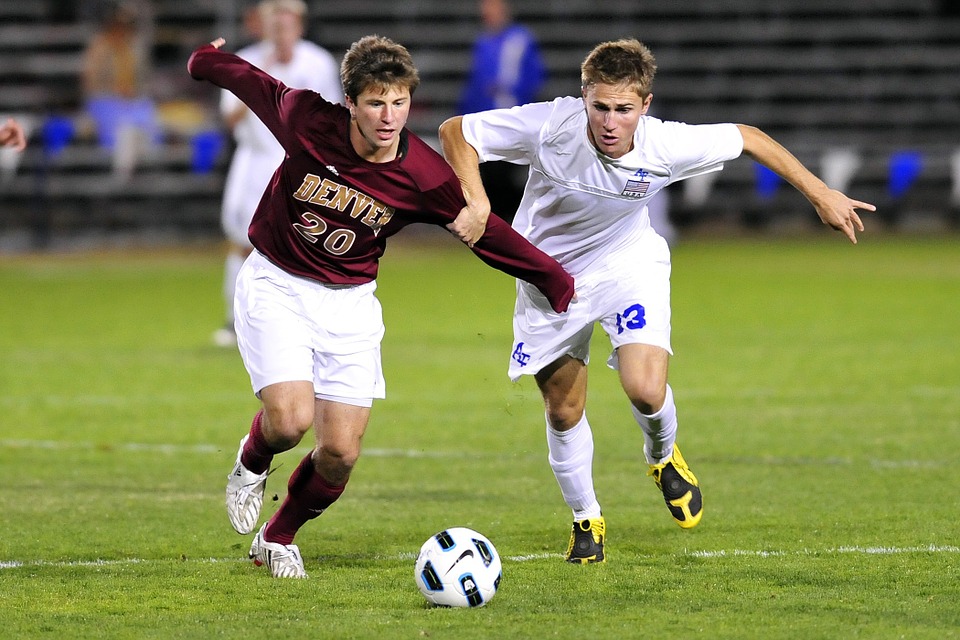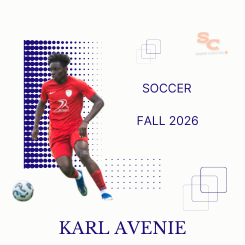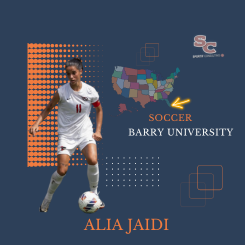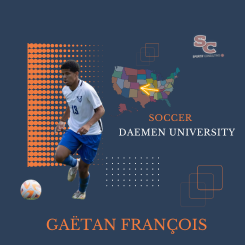
Soccer is one of the fastest growing sports in the U.S. The level of college soccer has increased rapidly over the last couple of years and became a destination of choice for more and more European soccer players hoping to become professionals one day. Indeed, college soccer is the most important recruiting pool for MLS teams. The MLS SuperDraft is an annual event, taking place in January of each year, in which the teams of Major League Soccer select players who have graduated from college. However, being drafted is not a quest for every soccer player and most of them play the sport because they love to improve, compete and be part of a team while earning their degree.
What does the season look like?
The soccer season begins in the fall term. Each team will play between 20-30 games. A rigorous training program will start in early August and matches will begin in late August. The team will be on the road travelling once or twice a week to play different teams. The season ends after the national tournament, which always takes place in early December.
The spring semester is rather calm. This is a period in which the team can play few friendly matches and work very hard on strength and endurance.
What level is needed?
To be eligible for a scholarship, you must play for a team at the national level or at a very high regional level.
How many universities?
Number of universities with women tennis teams: 1500
Number of universities with men tennis teams: 1300
What is the scholarship situation?
Men :
- NCAA I : 9.9
- NCAA II : 9
- NAIA : 12
- Junior College : 18
Women :
- NCAA I : 14
- NCAA II : 9.9
- NAIA : 12
- Junior College : 18
Each university offering college sports must apply for an affiliation to a college sports division, the major ones being the ones below:
- NCAA
- NAIA
- Junior College (NJCAA)
The National College Athletics Association (NCAA) is the most well-known sports organization in the USA. The NCAA is the governing body for around 1200 schools. It consists of three divisions (Division I, II, and III).
Divisions I and II are the only ones which offer athletic scholarships whereas Division III can only offer academic scholarships.
NCAA Division I schools are mostly large public universities whereas NCAA Division II schools are mostly small private universities.
The NCAA D1 is very competitive and has stricter eligibility requirements. The NCAA D2 schools are somewhat more flexible.
The National Association of Intercollegiate Athletes (NAIA) is the governing body for around 250 schools. It is mostly comprised of smaller private universities. The athletic and academic standards aren’t as high as with the NCAA.
The National Junior College Athletic Association (NJCAA) is made up of 2-year community colleges. In the United States, community colleges are usually small, and have few academic requirements for acceptance.
The NJCAA is a good option for students who didn’t get accepted to the NCAA or NAIA because of academics. The NJCAA is also a good way for foreign players to get noticed by NCAA coaches.




